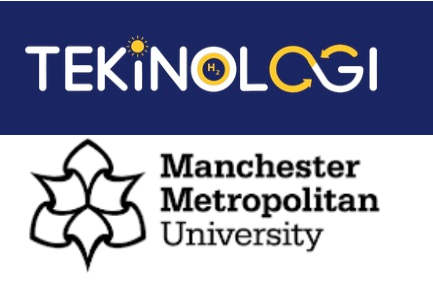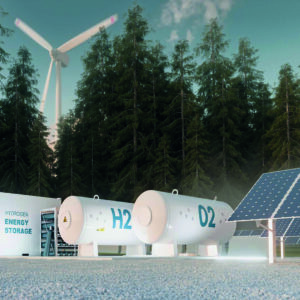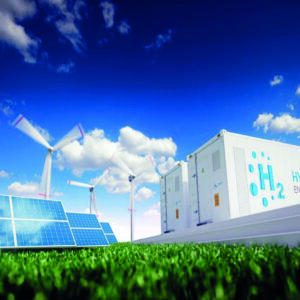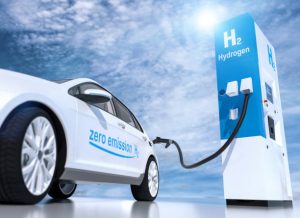Resources
Teki signed an MOU with leading UK University
Recent Posts Categories Energy Management Fuel Cell Electrolyser Teki signed...
Read MoreIs ‘Natural Hydrogen’ the Solution to Global Decarbonization?
Recent Posts Categories Energy Management Fuel Cell Electrolyser Is ‘White...
Read MoreHydrogen Projects in Africa
Recent Posts Categories Energy Management Fuel Cell Electrolyser Hydrogen Projects...
Read MoreGreen H2 Valley in Africa: Pioneering Sustainable Hydrogen Solutions
Recent Posts Categories <ahref=”https://tekinologi.com/category/energy-management/”> Energy Management</h3 > <ahref=”https://tekinologi.com/category/fuel-cell/”> Fuel Cell</h3...
Read MoreExploring Emerging Technologies in Hydrogen Energy Production
Recent Posts Categories <ahref=”https://tekinologi.com/category/energy-management/”> Energy Management</h3 > <ahref=”https://tekinologi.com/category/fuel-cell/”> Fuel Cell</h3...
Read MoreUnlocking Nigeria’s Hydro-Energy Potential: Turquoise Hydrogen vs. Green Hydrogen
Recent Posts Categories <ahref=”https://tekinologi.com/category/energy-management/”> Energy Management</h3 > <ahref=”https://tekinologi.com/category/fuel-cell/”> Fuel Cell</h3...
Read MoreEnergy Access in Africa: Can Hydrogen be a Viable Solution?
Recent Posts Energy Access in Africa: Can Hydrogen be a...
Read MoreHydrogen Fuel Cells: The Greener Source of Energy
Recent Posts Energy Access in Africa: Can Hydrogen be a...
Read MoreIs Africa Ready for Decarbonization Using Green Hydrogen?
Recent Posts Energy Access in Africa: Can Hydrogen be a...
Read MoreTurquoise hydrogen
Turquoise Hydrogen Turquoise hydrogen is hydrogen produced through the thermal...
Read More









